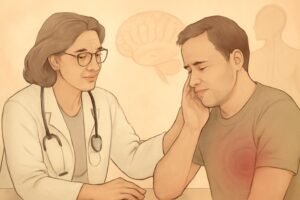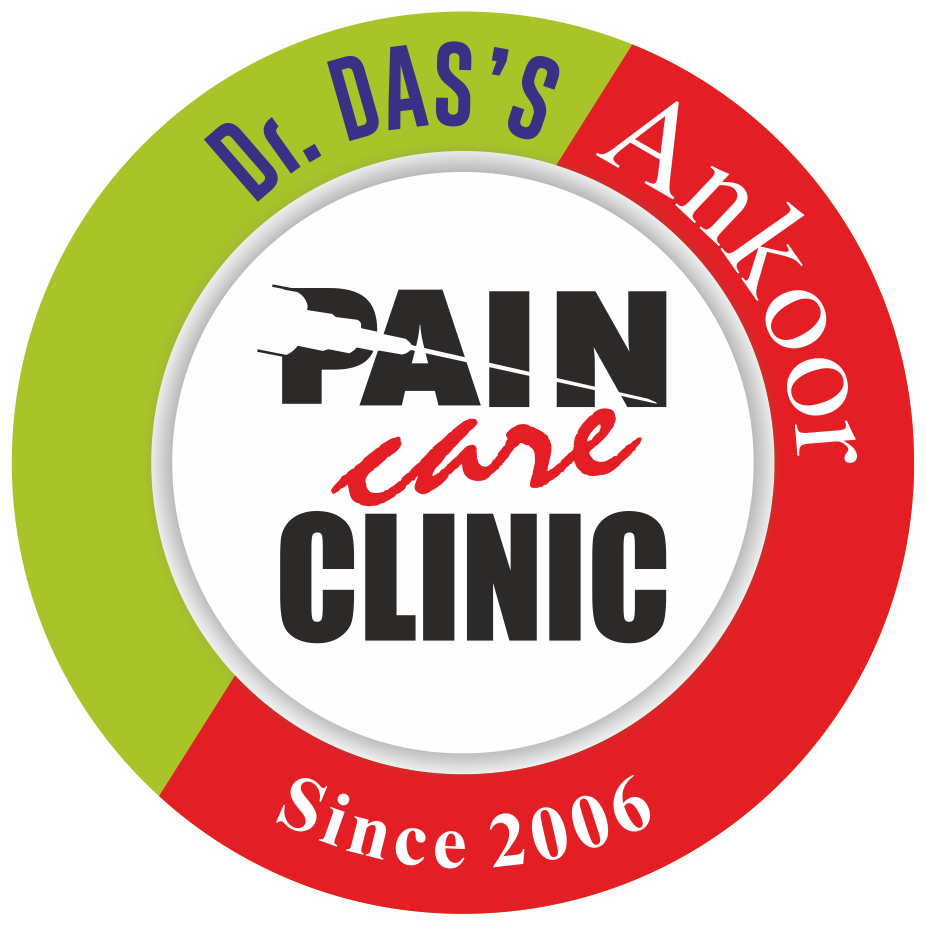When people hear the phrase “it’s all in your head,” it can feel dismissive. If you’re struggling with chronic pain, you know it’s very real — the aching joints, the tight muscles, the headaches that won’t go away. But what if your mind and emotions are playing a bigger role in that pain than you realize?
The truth is: physical pain and emotional health are deeply connected. Modern science now confirms what many ancient healing traditions have always believed — the mind and body are not separate. They constantly influence each other.
How Emotional Health Affects Physical Pain

- Stress and Muscle Tension
When you’re stressed, your body releases cortisol and adrenaline. These hormones put you in “fight or flight” mode, which tightens your muscles and makes you more sensitive to pain. That’s why tension headaches and stiff necks often show up after long periods of stress. - Anxiety and Pain Amplification
Anxiety doesn’t just live in the mind. It heightens the nervous system, making your brain more alert to pain signals. A minor ache can feel unbearable if your anxiety levels are high. - Depression and Chronic Pain
Depression changes how your brain processes pain. It lowers the production of serotonin and dopamine — chemicals that naturally help reduce pain. This is why people struggling with depression often report more frequent and intense physical discomfort. - Unresolved Trauma
Past emotional wounds can manifest physically. Trauma can create long-term changes in the brain and body, leading to chronic pain, digestive issues, or even autoimmune conditions.
Common Signs Your Pain May Have an Emotional Component
- Your pain worsens during stressful times.
- Medical tests show nothing is “wrong,” but the pain persists.
- Pain moves around your body rather than staying in one spot.
- Relaxation or therapy sessions reduce your symptoms.
Healing the Mind-Body Connection
The good news is that by addressing your emotional health, you can also ease physical pain. Some proven approaches include:
- Mindfulness & Meditation: Calms the nervous system and lowers pain sensitivity.
- Therapy (CBT, EMDR, Somatic Work): Helps process unresolved emotions and trauma.
- Gentle Movement (Yoga, Tai Chi, Walking): Releases muscle tension and reconnects body and mind.
- Journaling & Emotional Expression: Writing down feelings can prevent them from being “stored” in the body.
- Support Systems: Talking to friends, family, or support groups can reduce the emotional burden of pain.
Final Thoughts
If you’ve ever wondered, “Is my pain in my head?” — the answer is both yes and no. The pain is absolutely real, but it may be influenced by your emotional health more than you realize. By nurturing both your mind and body, you give yourself the best chance of healing.
Remember: acknowledging the emotional side of pain doesn’t make it less real — it makes recovery more possible.

